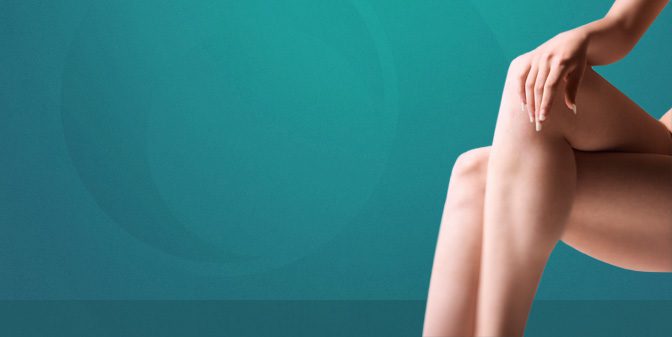Contact Us Today
For all enquiries you can email us at info@hunterveinclinic.com.au or call
ph: 4933 0431
Causes of Venous Disorders
Varicose and spider veins are very common, affecting over 50% of women and 20% of men in Western communities. There is no single cause of these veins however the following risk factors have been identified
Hereditary
Varicose veins frequently run in families and may be related to a hereditary weakness of the connective tissue (found in the vein wall and valves).
Age
Veins tend to dilate with age and pressure from standing over many years. Combined with factors such as obesity and inactivity which often accompany advancing years, there is an increased risk of varicose veins.
Obesity
Increased pressure is placed on veins.
Pregnancy
Increased blood volume, relaxation and dilatation of veins due to the hormone progesterone and pressure from the expanding uterus predispose to the formation of varicose veins.
Inactivity
The muscle pumps of the legs aid venous return so inactivity will decrease blood flow leading to pooling of blood and dilatation of veins.
Previous deep venous thrombosis
As outlined above this may cause damage to the deep veins of the legs, leading to increased pressure in superficial veins and the formation of varicose veins.
Other Factors
Many other factors such as constipation, dietary factors, lifestyle factors and connective tissue disorders may play a role in the development of varicose veins. Rarely, congenital disorders may be associated with venous problems.

